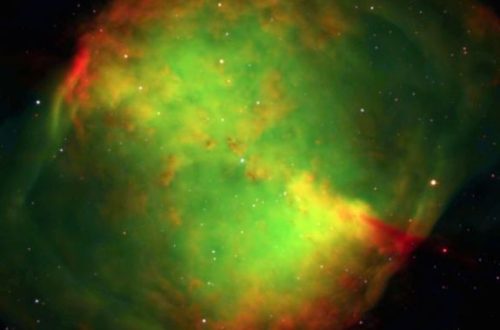What is Celestial Navigation?

We’ve been dreaming of the stars for longer than we can remember, staring up at the twinkling lights that fill the night sky and wondering what they are. We’ve even written songs about them. Centuries ago, before the advent of GPS, explorers and adventurers relied on celestial navigation to help them map a path to their destination. What is celestial navigation, how does it work and when was it relied upon?
Would you like to be notified of stargazing events?
Contrary to what its name suggests, celestial navigation doesn’t mean we’re navigating our way through the stars. Instead, from here on earth, navigators could use the stars to plot a course — even across the ocean where there were no other landmarks to help them find their way.
Maps can only carry you so far, especially once you move beyond the known world. Before GPS, before magnetic compasses and before modern technology, anyone taking to the sea and moving beyond the known world relied on the stars to help them reach their destinations. How does celestial navigation work?
How Does Celestial Navigation Work?
How does looking up at the stars help you find your way? It’s not as simple as it sounds, but in a pinch, it can help. You have to look for specific stars that are almost always in the same place. The North Star, also known as Polaris, is the backbone of celestial navigation because it’s the only star in the night sky that doesn’t move. It hangs right above true north.
Once you’ve found Polaris, you need to figure out your latitude. If you’ve got a sextant with you, you can use that to measure the degrees between Polaris and the horizon, but a sextant isn’t necessary if you’re trying to estimate your position. Stack your fists one over the other between the star and the horizon. Each fist is equal to about 10 degrees, so counting your fists can help you estimate your longitude.
Next, now that you know where north is, you need to find south. The constellation Orion will help with that. The constellation is made up of eight stars in the rough shape of a warrior with his sword. Meissa is the warrior’s head, then there’s Betelgeuse and Bellatrix that sit as his shoulders. Saiph and Rigel are his feet, and Alnitak, Alnilam and Mintaka are the three stars of his belt.
Hanging off the belt are three more stars that represent Orion’s sword. The point of the sword is always oriented to the south, making it easier to see where you’re going.
Once you know north and south, you can use the stars to navigate. If you’re out all night, take a close look at Orion’s belt. Mintaka, the star on the far right side of the belt, rises at nearly true east and sets at nearly true west. With the four cardinal directions in your pocket, you can find your way across any unmapped territory.
Who Uses Celestial Navigation?
In the era of GPS navigation, who still uses the stars to find their way?
Before the invention of the magnetic compass, anyone who took to the seas would use the stars — including the sun during the day — to navigate. Using the stars, they could determine their direction and the ship’s latitude, but without an accurate timekeeping device, it was impossible to determine the ship’s longitude, or it’s east-west position. Those devices didn’t make an appearance until 1764.
Today, we rely more on GPS satellites to tell us how to make our way through the world, but if you’re out on the ocean without navigational tools, knowing how to find your way by looking at the stars could save your life.
Looking Toward the Stars
We might not have to rely on celestial navigation anymore, but that doesn’t mean it’s a useless skill. If you’re dreaming of the stars, consider learning how to navigate by them. It might save your life in a tough situation.
Would you like to receive similar articles by email?





